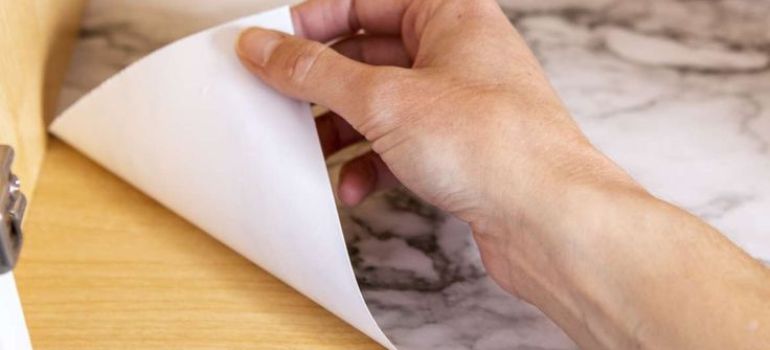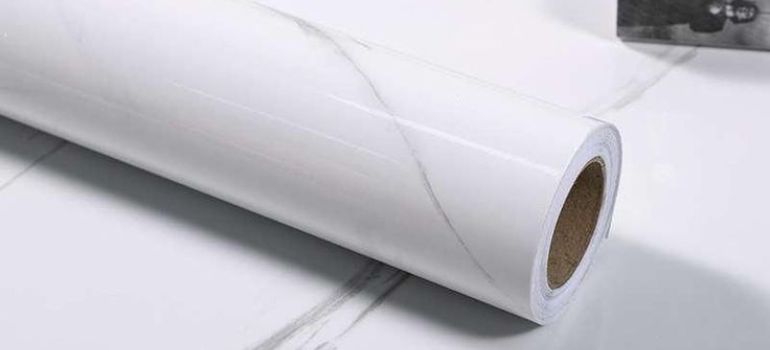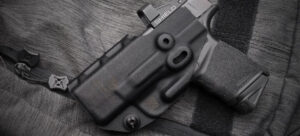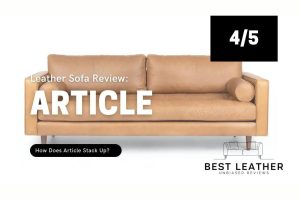In our quest to organize and beautify our living spaces, the battle between shelf liners and contact paper often arises. Both serve similar purposes, but understanding their differences is crucial for making an informed choice. Let’s dive into the details and explore the nuances of shelf liners vs contact paper.
Introduction
Brief Explanation of Shelf Liners and Contact Paper
Shelf liners and contact paper are versatile materials designed to enhance the appearance and functionality of shelves. While their primary goal is to protect surfaces, they each have unique characteristics that cater to different needs.
Importance of Choosing the Right Material for Shelves
The material you choose for your shelves can significantly impact their longevity and aesthetic appeal. Therefore, it’s essential to weigh the pros and cons of shelf liners and contact paper before making a decision.
Shelf Liners Explained
Definition and Purpose
Shelf liners are sheets or rolls of material placed on shelves to protect them from damage, spills, and wear. They act as a barrier between the shelf and items placed on it, preventing scratches and stains.
Different Types of Shelf Liners
Shelf liners come in various materials, including adhesive and non-adhesive options. Common types include vinyl, rubber, and cork, each offering unique features to suit different preferences.
Benefits of Using Shelf Liners
- Protection: Shield shelves from scratches and spills.
- Enhanced Grip: Prevent items from slipping or sliding.
- Easy Cleanup: Simplify maintenance with a wipeable surface.
Contact Paper Unveiled
Definition and Primary Use
Contact paper, also known as self-adhesive paper, serves multiple purposes, including shelf lining, covering surfaces, and crafting. It comes in rolls and features an adhesive backing for easy application.
Types of Contact Paper Available
Contact paper is available in various patterns, colors, and textures, making it a versatile choice for both practical and decorative purposes. Some are designed to mimic the appearance of wood, marble, or other materials.
Pros and Cons of Using Contact Paper
- Versatility: Offers a wide range of design options.
- Easy Application: Self-adhesive for convenient use.
- Durability: May not be as durable as some shelf liners.
Key Differences Between Shelf Liners and Contact Paper

Material Composition
Shelf liners are typically made of rubber, vinyl, or cork, providing a protective layer for shelves. On the other hand, contact paper can be crafted from various materials, including paper, plastic, or fabric, depending on the intended use.
Thickness and Durability
Shelf liners are often thicker and more robust, designed to withstand heavy items. Contact paper, while durable, may be thinner and better suited for lighter applications.
Design and Aesthetic Appeal
Shelf liners prioritize functionality, with designs focusing on grip and protection. Contact paper, however, places a significant emphasis on aesthetics, offering a plethora of styles to match diverse tastes.
Functional Differences
Shelf liners are primarily functional, providing protection and grip. Contact paper serves a dual purpose, adding both functionality and a decorative touch to shelves.
Choosing the Right Option for Your Needs
Factors to Consider When Selecting Between Shelf Liners and Contact Paper
- Purpose: Consider the intended use of the shelves.
- Aesthetics: Determine if decorative elements are essential.
- Budget: Evaluate cost differences between the two options.
Practical Applications for Each
- Shelf Liners: Ideal for heavy-duty storage, kitchen cabinets, and pantry shelves.
- Contact Paper: Suited for decorative shelves, accent pieces, and lighter items.
Installation and Maintenance Tips
Step-by-Step Guide for Installing Shelf Liners
- Clean the Surface: Ensure the shelf is clean and dry.
- Measure and Cut: Measure the shelf and cut the liner to size.
- Apply Adhesive: For adhesive liners, carefully apply to the shelf.
- Smooth Out Air Bubbles: Eliminate any bubbles for a smooth finish.
Tips for Applying and Maintaining Contact Paper
- Surface Preparation: Clean and dry the shelf before application.
- Slow and Steady: Apply contact paper slowly, smoothing out as you go.
- Avoid Overlapping: Prevent seams from showing by avoiding overlapping sections.
Real-life Examples and Testimonials
Success Stories of Using Shelf Liners
Jessica, a busy mom, shares how shelf liners in her pantry made cleaning a breeze. “I no longer worry about spills or stains, and the liners add a neat touch to my shelves.”
Experiences with Contact Paper
John, a DIY enthusiast, transformed his bookshelves with contact paper. “The variety of designs allowed me to create a personalized space. It’s like art for my shelves!”
Budget-Friendly Options
Cost-Effective Shelf Liner Choices
- Rubber Shelf Liners: Durable and reasonably priced.
- Non-Adhesive Vinyl: Provides protection without the adhesive cost.
Affordable Contact Paper Alternatives
- Basic Designs: Simple patterns and textures can be more budget-friendly.
- DIY Options: Create your own designs with plain contact paper and craft supplies.
DIY Shelf Makeover Ideas
Creative Ways to Use Shelf Liners
- Drawer Liners: Line drawers with coordinating shelf liners for a cohesive look.
- Cabinet Backing: Add a pop of color or pattern by lining the backs of cabinets.
- Decorative Edging: Use shelf liners with decorative edges for a stylish touch.
Contact Paper Crafts for Home Decor
- Furniture Accents: Apply contact paper to furniture edges or panels for a quick upgrade.
- Floating Shelves: Use contact paper to transform plain shelves into stylish floating displays.
- Unique Backdrops: Create a backdrop for open shelving using patterned contact paper.
Expert Opinions
Insights from Interior Designers
Renowned interior designer Sarah Thompson emphasizes, “Shelf liners are a must for functional spaces, while contact paper allows you to showcase your personality through decor.”
Tips from Organizing Professionals
Organizing expert Alex Johnson suggests, “Consider the practicality of shelf liners for high-traffic areas, reserving contact paper for spaces where aesthetics matter most.”
Common Misconceptions
Addressing Myths About Shelf Liners
- Only for Kitchens: Shelf liners are versatile and can be used in various areas, including closets and bathrooms.
- Limited Designs: Modern shelf liners come in an array of designs, dispelling the notion that they lack aesthetics.
Clarifying Misconceptions About Contact Paper
- Not Durable: Quality contact paper can withstand everyday use and is more durable than some assume.
- Difficult to Remove: Most contact paper is removable, making it a temporary solution for renters.
Sustainability and Eco-Friendly Options
Environmentally Conscious Shelf Liner Materials
- Bamboo: A sustainable and eco-friendly option for shelf liners.
- Recycled Rubber: Utilize shelf liners made from recycled rubber for an eco-conscious choice.
Eco-Friendly Contact Paper Alternatives
- Recyclable Options: Choose contact paper labeled as recyclable for a more sustainable solution.
- Water-Based Adhesives: Opt for contact paper with water-based adhesives to reduce environmental impact.
Comparison Chart
| Criteria | Shelf Liners | Contact Paper |
|---|---|---|
| Material Composition | Rubber, Vinyl, Cork | Paper, Plastic, Fabric |
| Thickness and Durability | Thick and Durable | Variable, Suitable for Lighter Use |
| Design and Aesthetic Appeal | Functional, Less Emphasis on Design | Decorative, Wide Range of Styles |
| Functional Differences | Primarily Functional | Dual Purpose – Function and Decor |
Where to Buy and Price Ranges
Recommended Retailers for Shelf Liners
- Home Improvement Stores: Check out options at stores like Home Depot and Lowe’s.
- Online Retailers: Amazon and Walmart offer a variety of shelf liners at different price points.
Price Comparisons for Contact Paper Brands
- Con-Tact Brand: A popular choice with various designs, available at most major retailers.
- Duck Brand: Known for durability and affordability, widely available online and in stores.
Conclusion
Recap of Key Points
Choosing between shelf liners and contact paper boils down to your specific needs. Whether you prioritize functionality, aesthetics, or a blend of both, understanding the differences is crucial.
Encouragement to Make an Informed Decision
Before making a decision, consider the practical applications, budget constraints, and the overall look you desire for your shelves. Remember, the choice is yours, and both shelf liners and contact paper can elevate the style and functionality of your space.
FAQs
Yes, contact paper can serve as a decorative shelf liner, but it may be more suitable for lighter items.
Most shelf liners are easy to clean with a damp cloth, providing a convenient maintenance solution.
Quality contact paper is designed to be removable without causing damage to surfaces, making it an excellent option for temporary use.
Shelf liners, being thicker, are generally more durable and have a longer lifespan compared to contact paper.
Yes, bamboo and recycled rubber are eco-friendly options for shelf liners, while recyclable contact paper and those with water-based adhesives are more environmentally conscious choices.



